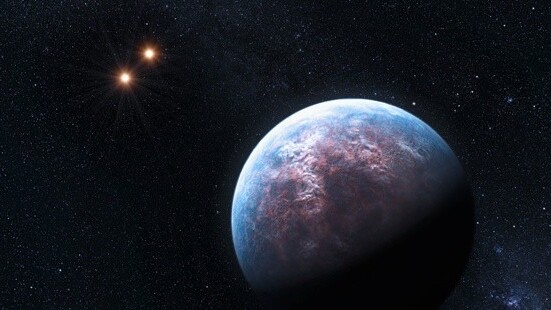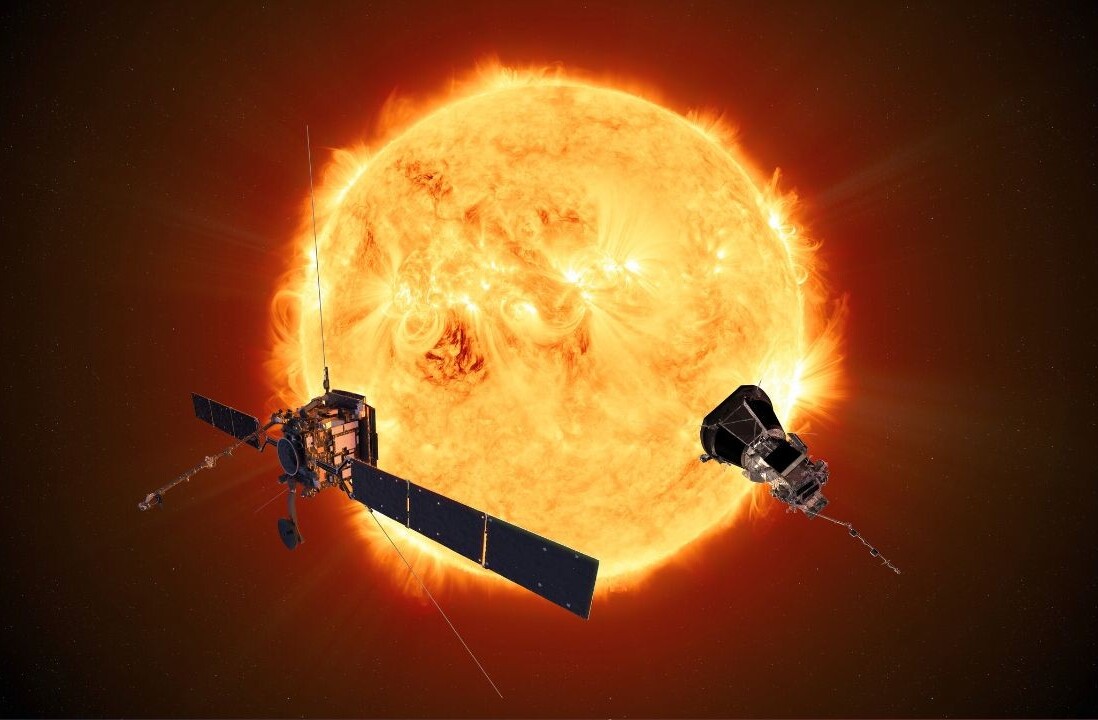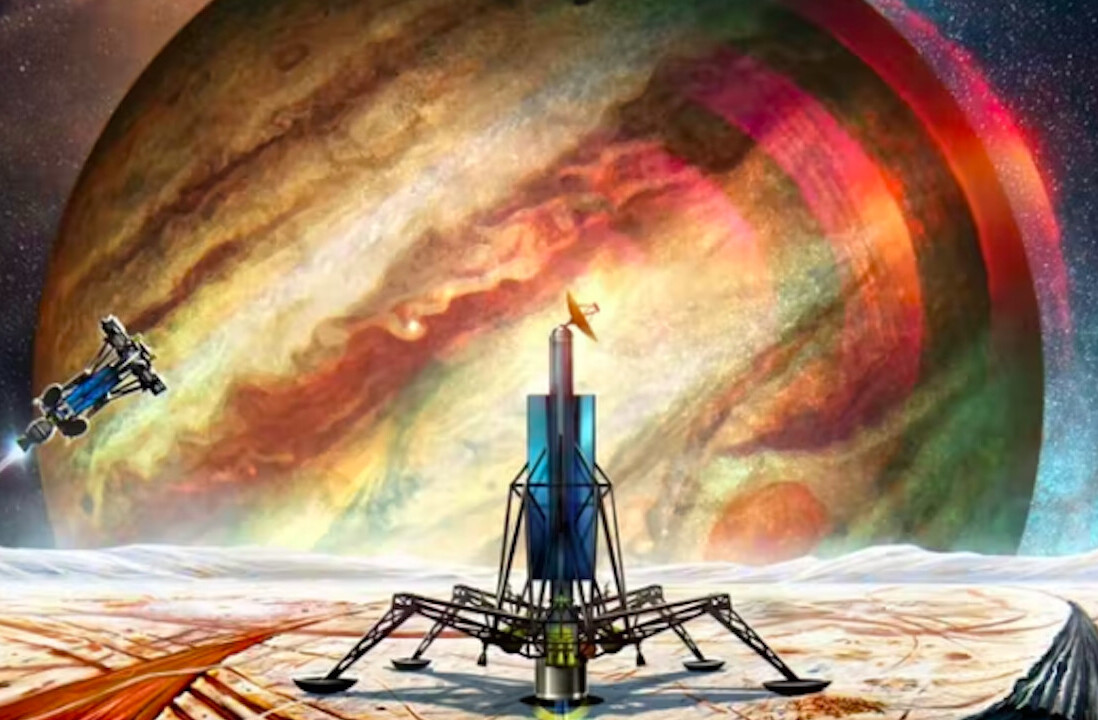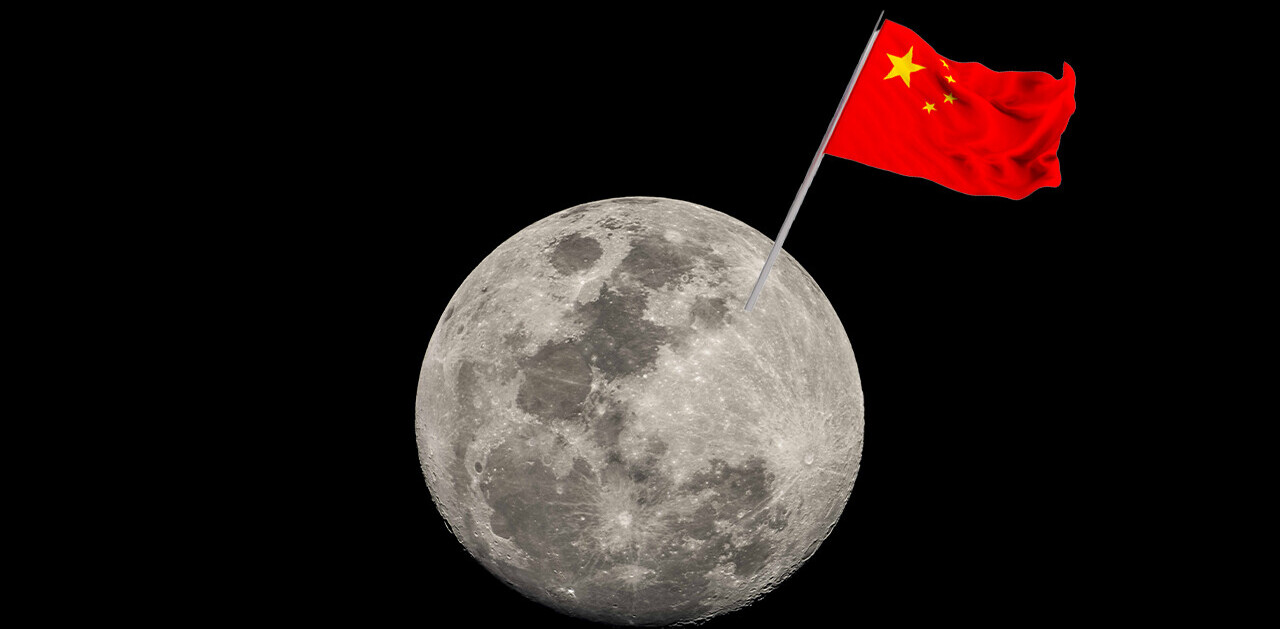
NASA has released “spooky” sounds from space and it’s the stuff of nightmares — just in time for Halloween.
To most of us, space is deafeningly silent. But that’s only because the human ear can’t capture the electromagnetic pulses and radio bursts, amongst other sounds that live out there.
Thankfully NASA converted these raw radial emissions it collected into an audible format for us to hear.
The playlist, named “Spooky Sounds from Across the Solar System,” contains 22 different sounds, ranging from “Beware of Jupiter’s Largest Moon Ganymede,” which sounds like a sci-fi movie plot, to “Whistler Waves,” something like a feel-good indie song. “Stardust,” actually sounds like stardust falling, or even rain falling on the roof of your car.
NASA gave an explanation for some of these “tunes:”
Juno Captures the ‘Roar’ of Jupiter: NASA’s Juno spacecraft has crossed the boundary of Jupiter’s immense magnetic field. Juno’s Waves instrument recorded the encounter with the bow shock over the course of about two hours on June 24, 2016.
Plasma Waves: Plasma waves, like the roaring ocean surf, create a rhythmic cacophony that — with the EMFISIS instrument aboard NASA’s Van Allen Probes — we can hear across space.
Saturn’s Radio Emissions: Saturn is a source of intense radio emissions, which were monitored by the Cassini spacecraft. The radio waves are closely related to the auroras near the poles of the planet. These auroras are similar to Earth’s northern and southern lights. More of Saturn’s eerie-sounding radio emissions.
Sounds of Jupiter: Scientists sometimes translate radio signals into sound to better understand the signals. This approach is called “data sonification”. On June 27, 1996, the Galileo spacecraft made the first flyby of Jupiter’s largest moon, Ganymede, and this audio track represents data from Galileo’s Plasma Wave Experiment instrument.
Sounds of a Comet Encounter: During its Feb. 14, 2011, flyby of comet Tempel 1, an instrument on the protective shield on NASA’s Stardust spacecraft was pelted by dust particles and small rocks, as can be heard in this audio track.
Get the TNW newsletter
Get the most important tech news in your inbox each week.





